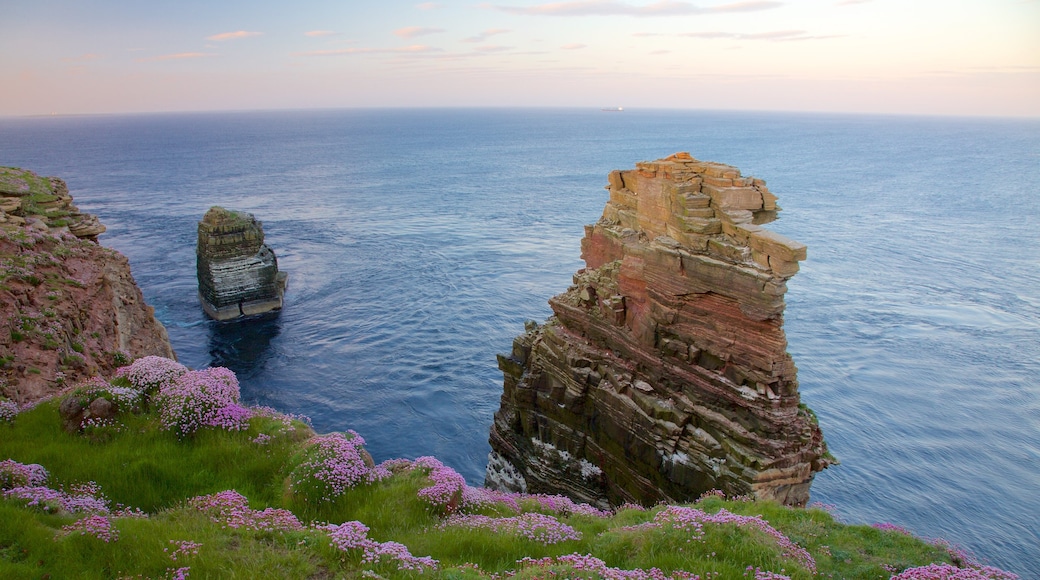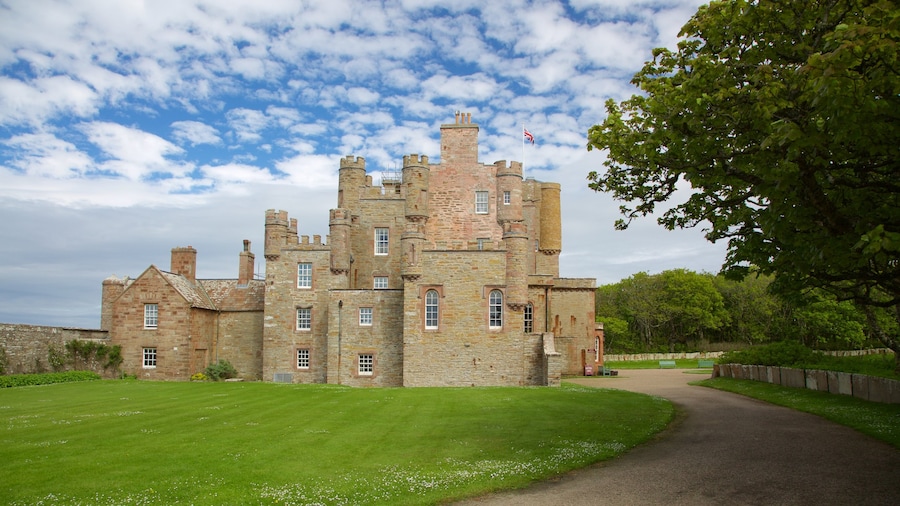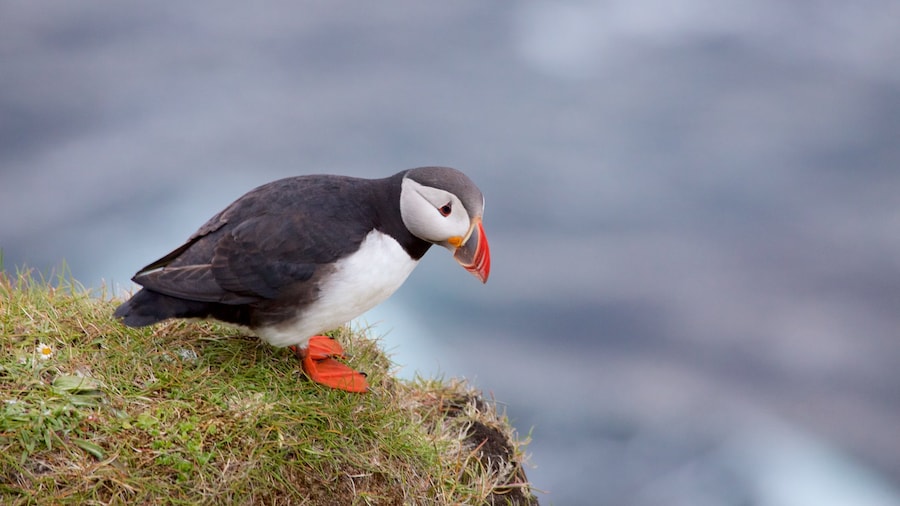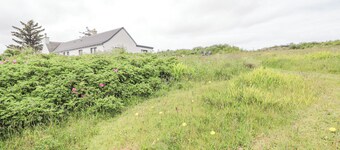Enjoy superb coastal walks and marvel at the views from this headland located at the most northeasterly point of mainland Britain.
Get ready to be enthralled by an edge-of-the-world sensation at Duncansby Head. This dramatic headland sits at the far northeastern corner of the Scottish mainland. Come to Duncansby Head to earn the bragging rights of having stood at the edge of Great Britain. Admire breathtaking natural surroundings, stroll over coastal cliffs, see huge colonies of seabirds and take memorable photos.
At the tip of the head is Duncansby Head Lighthouse, which sets the scene for unforgettable panoramas. Stand near the lighthouse and gaze north across the deep-blue water of the Pentland Firth. Spot the Orkney archipelago and the lighthouse on Muckle Skerry, one of the Pentland Skerries islands. Look west toward the village of John O’Groats and Dunnet Head.
Experience more inspiring scenery on a clifftop walk along a natural trail, which runs south from the headland to Skirza village. Stop to appreciate a collection of sea stacks called the Duncansby Stacks in addition to caves and rock clefts. Note how the stacks rise out of the water in pyramid shapes and reach heights of up to 197 feet (60 meters).
The ledges of the eroded cliffs provide a natural nesting ground for various seabirds. Look for guillemots, puffins and razorbills among some of the visible species. The best time for bird-watching is between April and July.
The headland is 1.8 miles (3 kilometers) east of John O’Groats. Free parking is available at the headland. You can also walk from John O’Groats to Duncansby Head across the area’s grassy clifftops. Allow about 90 minutes if you decide to reach the head on foot.
The terrain around Duncansby Head is rugged with some wet and muddy patches. Take care when standing at the cliff edges as the ground can be slippery. Wear comfortable walking shoes and warm clothing, especially in the winter months. During the warmer summer months this is a great place to bring your own food and enjoy a scenic picnic.















